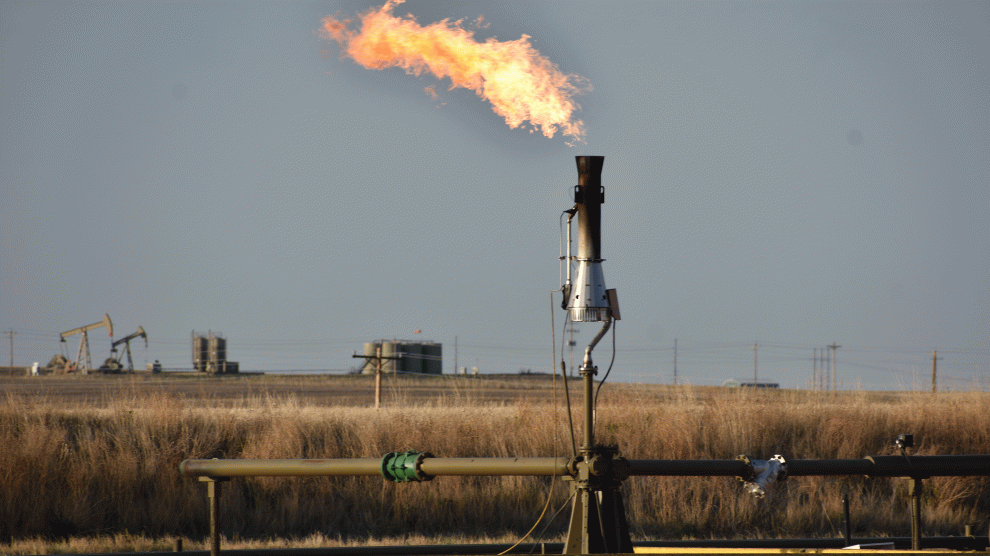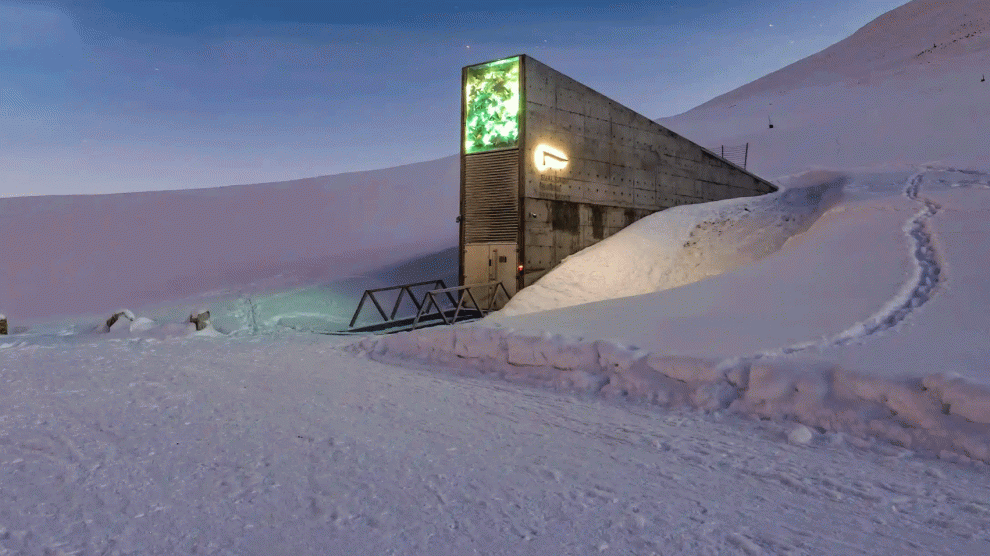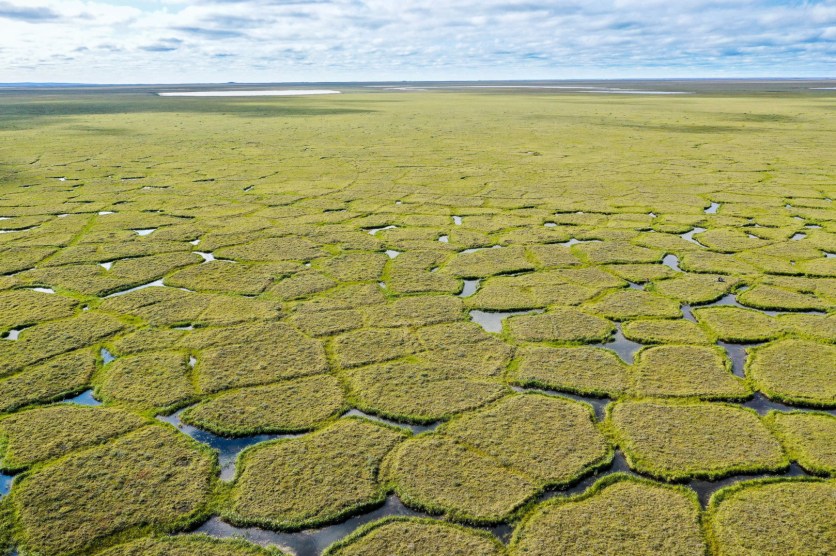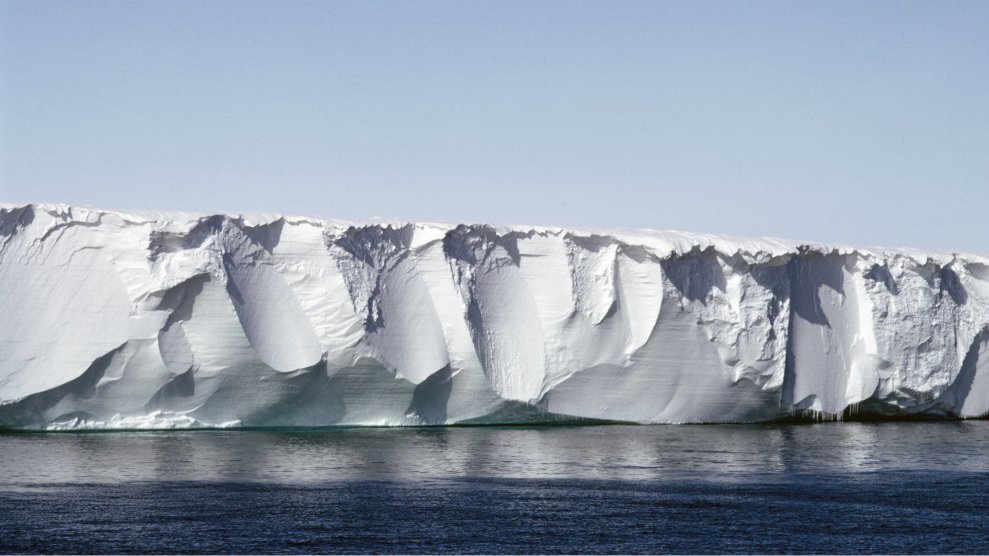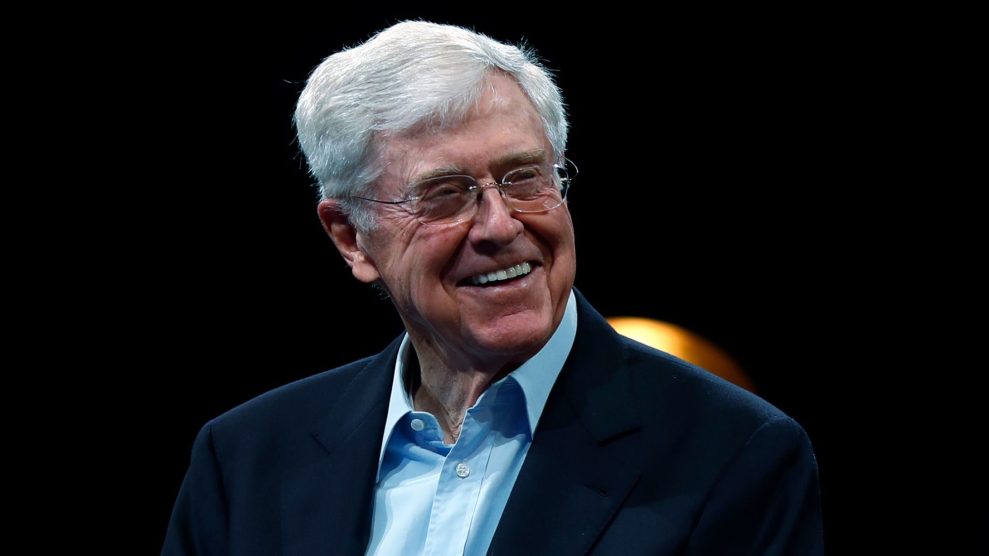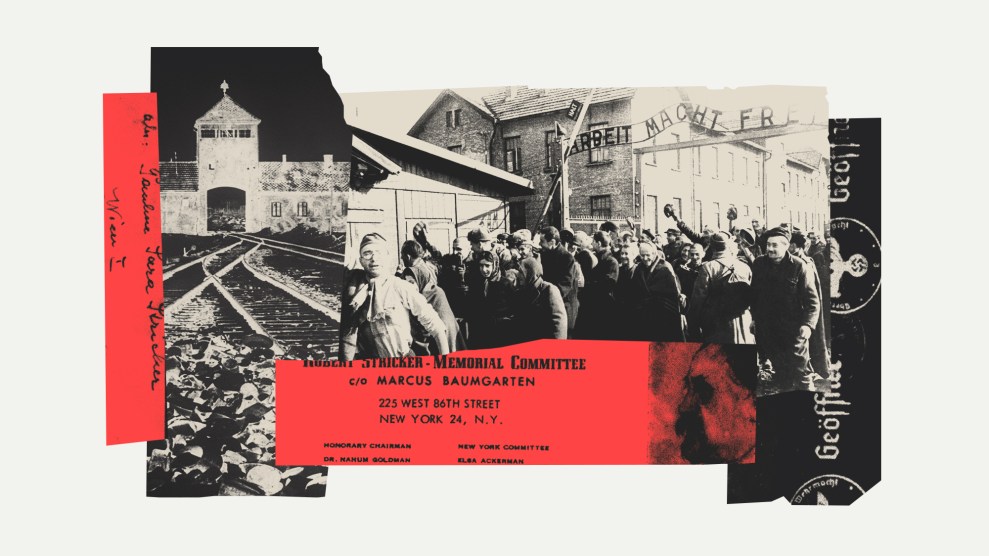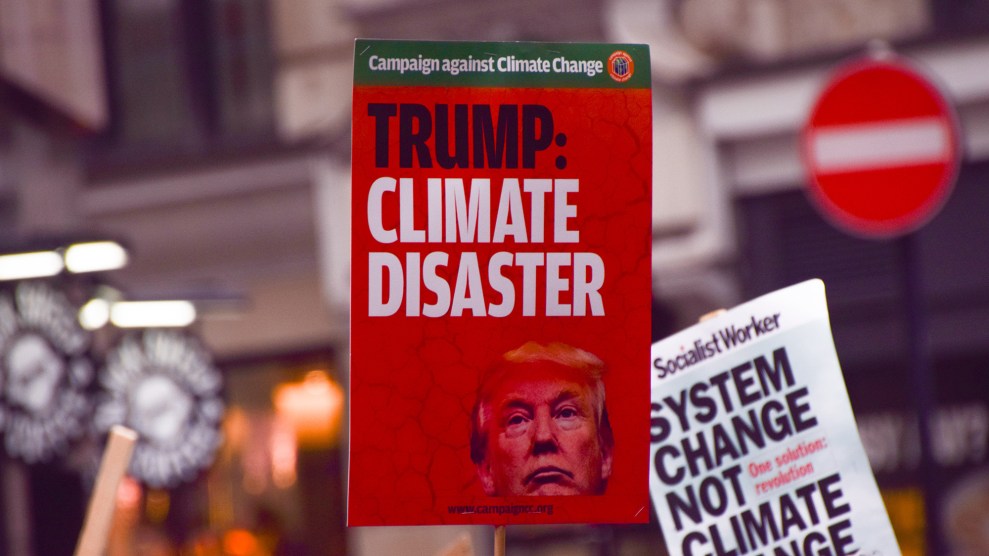
Wildfire damage near the Wildhay recreation area, Alberta, Canada, May 10, 2023.Megan Albu/Getty
This story was originally published by Wired and is reproduced here as part of the Climate Desk collaboration.
The Far North is both a massive carbon sink and a potent environmental time bomb. The region stores a huge amount of CO2 in boreal forests and underlying soils. Organic peat soil, for instance, covers just 3 percent of the Earth’s land area (there’s some in tropical regions too), yet it contains a third of its terrestrial carbon. And Arctic permafrost has locked away thousands of years’ worth of plant matter, preventing rot that would release clouds of planet-heating carbon dioxide and methane.
But in a pair of recent papers, scientists have found that wildfires and human meddling are reducing northern ecosystems’ ability to sequester carbon, threatening to turn them into carbon sources. That will in turn accelerate climate change, which is already warming the Arctic four and a half times faster than the rest of the world, triggering the release of still more carbon—a gnarly feedback loop.
In fact, over 100 wildfires are burning across Alberta, Canada, right now, forcing nearly 30,000 people from their homes—an “unprecedented situation” in the region. The annual area burned in Canada has doubled since the 1970s, says Mike Flannigan, a fire scientist at Thompson Rivers University. (He wasn’t involved in either of the new studies.) “A warmer world means more fire,” he says. “As the temperature warms, the atmosphere gets very efficient at sucking moisture out of dead fuels. So it means more fuels available to burn, which leads to high-intensity fires, which are difficult to impossible to extinguish.”
Northern boreal forests are the largest land biomes on the planet. When they burn, they release greenhouse gases from both vegetation and carbon-rich soils, which the first new paper, released in March, quantified. In fact, burning boreal forests spew between 10 and 20 times more carbon than fires in other ecosystems. Typically, the blazes account for 10 percent of global fire CO2 emissions annually, but they contributed 23 percent in 2021, thanks to severe heat waves and drought.
“We are facing a dangerous positive feedback between climate and boreal fires,” says lead author Bo Zheng of China’s Tsinghua University. “The slow recovery of soil microbial communities in forests after extreme wildfires weakens carbon sinks, and makes it difficult for them to fully absorb the large amount of carbon dioxide released during combustion.” That, Zheng adds, “will increase the concentration of carbon dioxide in the atmosphere and promote global warming, further increasing the likelihood of extreme wildfires.”
Zheng’s team found that the geographic range of boreal fires has been expanding since 2000—and that alarms Carly Phillips, a research scientist at the Union of Concerned Scientists who studies these fires but wasn’t involved in the paper. “Given the carbon density in those ecosystems, that translates to a lot of emissions,” she says.
Climate change makes these blazes more likely. As northern landscapes dry out, they accumulate dead brush that’s ready to burn catastrophically. Warming also creates more opportunities to ignite vegetation. The region has gotten so hot that lightning—typically a warm-weather phenomenon—is now striking within 300 miles of the North Pole, and strikes could double in the Arctic by the end of the century.
The more the Arctic burns, the worse its emissions problem gets. Wildfires dramatically accelerate the development of thermokarst, a phenomenon in which permafrost thaws so quickly the ground craters. This provides the perfect wet conditions for microbes to eat organic matter and spew methane, which is 80 times as potent a planet-warming gas as CO2.
A second paper, released in April, points out how badly wildfires degrade peatlands. A healthy peatland is made of plant material that has built up over hundreds of years—maybe even a millennium—resisting decay because the soil is wet and oxygen-poor. If a lightning strike causes a fire, a thin top layer might burn, but the rest stays soggy. “In their pristine state, these are resilient ecosystems, in that they can still continue to store carbon after they have a small fire,” says coauthor Mike Waddington, an ecohydrologist at McMaster University.
But because people have been draining swaths of peatlands to make way for agriculture and development, that concentrated carbon dries out. This stuff is many feet thick, so a fire can burrow deeply into the ground, releasing up to 200 tons of carbon per hectare. (For perspective, a car emits 5 tons a year.) These peat fires are so relentless that they might start in the summer and smolder underground all winter, only to pop up again at the surface once the snow melts—”zombie fires,” as scientists have dubbed them.
Ultimately, this new paper finds that while northern peatlands remain a net carbon sink, degradation and wildfires could push them toward becoming sources of planet-heating gases by the end of the century. “We were quite shocked that by 2100, it’s not looking like we’ll have any sort of peatland carbon sink of any sort of significant size,” says Sophie Wilkinson, a wildfire scientist at the University of Toronto and the paper’s lead author. “It could be worsening the climate change problem, because it could be adding carbon into the atmosphere.”
There’s a bit of good news: Peatlands can bounce back. They’re fairly easy to restore by simply re-wetting them, though particularly degraded ones might need a transplant of “donor” moss.
Peatlands are essentially the world’s simplest—and most abundant—carbon capture devices, if we just take care of them, says Waddington. “It’s a little shocking, to be honest. There’s all these technologies about how we’re going to store carbon and get carbon out of the atmosphere—and we already know what it is,” he says. “It’s not rocket science. It’s peat science, and it’s great technology.”
